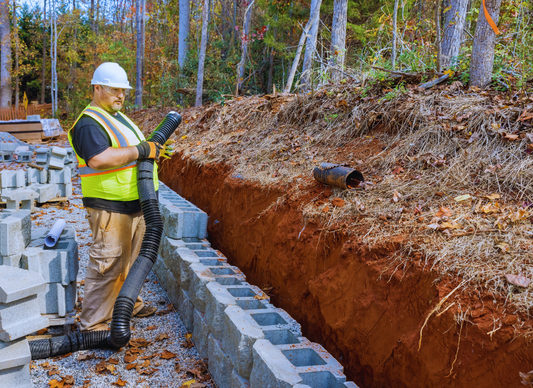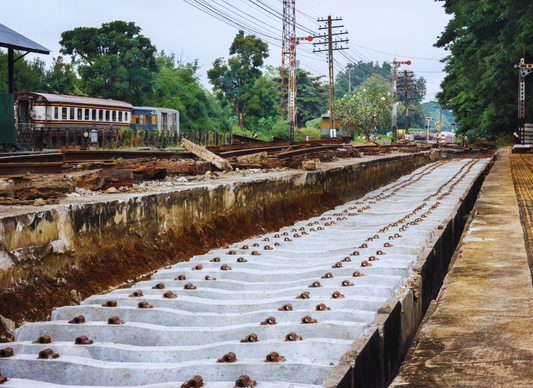Expanded polystyrene (EPS) insulation panels, commonly called "EPS panels", play an important role in managing temperatures in food storage facilities. They form the walls, floors, and ceilings of refrigerated rooms that keep decayable food items fresh.
These specialized storage structures are crucial components of food supply chains. As population growth and global trade increases food production volumes, the need arises to distribute perishable goods over long distances and store them for longer periods. EPS panels help address this logistical challenge by regulating temperatures in cold storage facilities.
Their practical qualities have made them an industry standard for refrigerated storage facilities. This allows food producers, manufacturers, retailers and consumers worldwide to benefit from ample, fresh product choices even across large distances.
What are EPS Coolroom Panels Used For?
EPS panels are primarily used to insulate cool rooms and freezers where temperature control is needed. These include:
- Food processing facilities: EPS walls and ceilings build out areas for storing easily rot goods like meat, dairy and frozen foods short or long-term.
- Supermarkets and restaurants: Walk-in refrigerators and freezers rely on EPS panels to maintain safe temperatures for ingredients and menu items before they're prepared or sold.
- Commercial kitchens: Some professional cooking areas contain small chill zones lined with EPS to briefly store certain chilled recipes components.
EPS is also commonly used inside:
- Refrigerated trucks and shipping containers: To preserve quality during transportation, the interior walls of vehicles moving chilled cargo long distances are made of EPS.
- Cold storage warehouses: Large facilities housing everything from fruits and vegetables to packaged entrees prior to distribution all depend on EPS structure and insulation.
So in any scenario requiring stable cooling internal conditions - whether in industrial processing plants or neighborhood delis - EPS panels provide the insulating barrier essential for complying with health codes and maintaining product freshness. Its thermal properties make it very well-suited for this application across the food industry.
What are the Benefits of Using EPS Panels?
EPS panels offer several practical benefits for cool room construction:
- Lightweight: EPS is 95% air, making panels very easy to transport and install without heavy machinery. This reduces construction costs.
- Insulation: The closed-cell structure traps air for excellent heat resistance. EPS can block heat transfer much better than other materials per inch of thickness. This saves on energy bills long-term.
- Durability: Once installed, EPS holds up very well over time. It won't degrade from impacts, moisture, mold or rot like some alternatives might. Panels can stay intact for decades with little maintenance.
- Cost-effectiveness: Not only is EPS affordable to purchase, but the insulation properties lower costs of running HVAC systems compared to worse insulators. Over the years, these energy savings outweigh the material expense.
- Hygienic: EPS does not harbor bacteria or mold and has no odors. It's safe for environments like food prep areas where cleanliness is critical for food safety compliance.
- Longevity: EPS panels don't require any coatings to maintain their structure integrity and insulating properties over a building's lifetime. This saves extra expenses down the line.
- Sustainability: EPS can be recycled and contains none of the ozone-depleting or global warming materials that other foams have. Its insulation also cuts emissions from HVAC use over time.
- Customization: Large EPS panels cut on-site to fit any space precisely maximize real estate value within a facility. This is more cost-efficient than smaller fixed-size materials.
All these attributes have led to widespread adoption of EPS for controlled-atmosphere construction globally. It balances practicality, hygiene and long-term budget needs very well for these applications.
Other Names for Coolroom Panels
EPS coolroom panels are known across the globe by different names such as structural insulated panels, sandwich panels, SIPs, EPS panels or just coolroom panels.
In Australia, the panels use EPS-FR which stands for Expanded Polystyrene insulation sheet with Fire Retardant. Using fire retardants prevents the burning or slows the spread of fire. At Austrina Steel Supplies, we have three options on sizes of our sandwich cool room panel i.e. 2.4m, 2.4m and 3.6m.
Two sheets of Colorbond steel with insulating material make up our Sandwich Coolroom panel. It can be utilized in cold storage, cool rooms, and workshops due to its high heat insulation performance. The core polystyrene foam has a thickness of 50mm, while the steel on both sides is 0.5mm thick.





1 comment
Z lock coolroom wall panels 50*1150*3000mm